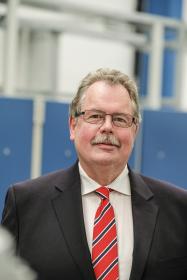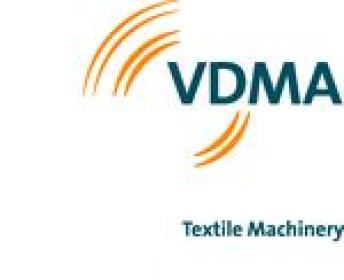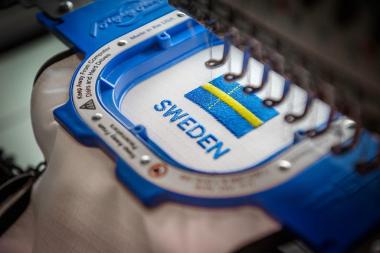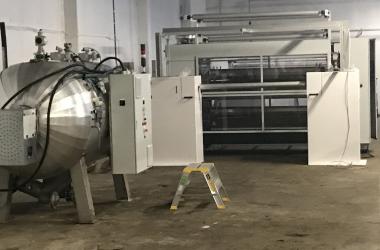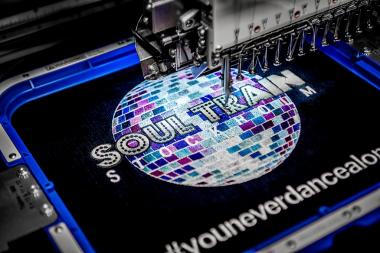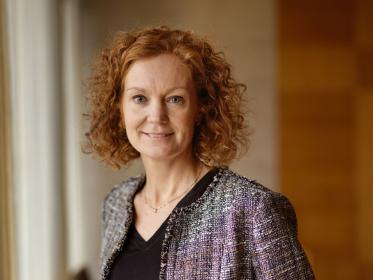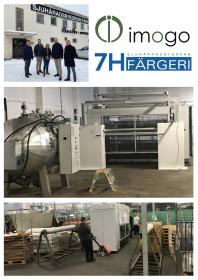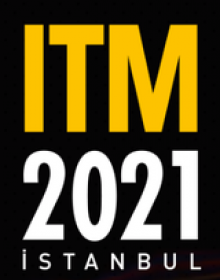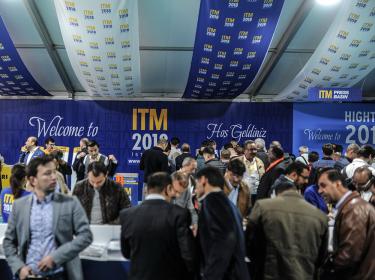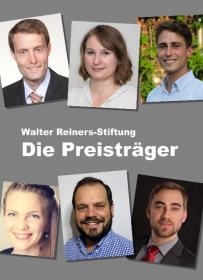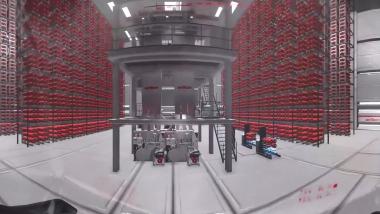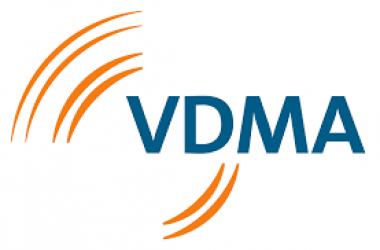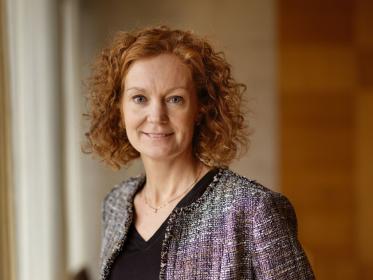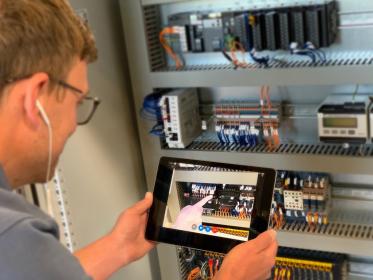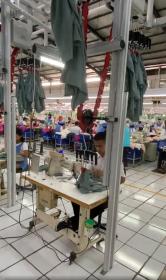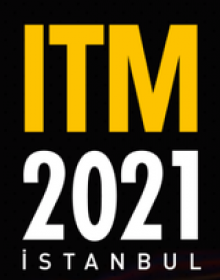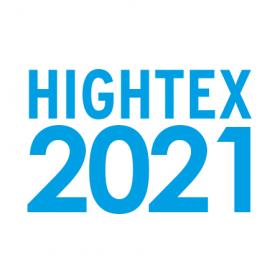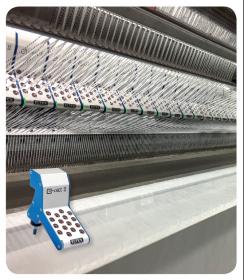Rieter updates Outlook for First Half Year 2021
- Order intake of around CHF 300 million received in the month of April 2021
- Order intake in the first half of 2021 expected to be around CHF 800 million
- Start of implementation of the Rieter CAMPUS project in Winterthur
In the month of April 2021, Rieter received orders of around CHF 300 million. The order intake in April was broadly based internationally with the main focus on Turkey, Uzbekistan and India.
In addition to the regional development of the market, Rieter also attributes the business performance to a catch-up effect due to the low propensity to invest in 2019/2020.
As a result, Rieter expects an order intake of around CHF 800 million in the first half of 2021.
As already announced, Rieter anticipates that sales in the first half of 2021 will be below the break-even point. Rieter expects an operating profit for the full year 2021. On July 15, 2021 Rieter will give an updated outlook for 2021 in connection with the semi-annual results, taking into consideration the ongoing challenges resulting from the COVID-19 pandemic.
The Rieter Board of Directors has approved the implementation of the CAMPUS project. The Rieter CAMPUS comprises a customer and technology center as well as an administration building at the Winterthur location. It will make an important contribution to the implementation of the innovation strategy and to the enhancement of Rieter’s technology leadership position.
Rieter Management AG





